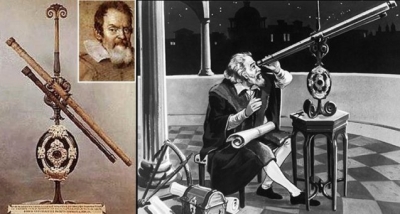Did the Newtonian reflector change astronomy?

The significance of the Newtonian reflector does not lie in the discovery of new celestial bodies or celestial phenomena. Newton neither discovered the moons around Jupiter like Galileo nor did he plot the return of a comet - like Halley. However, the Newtonian reflector and Newton’s theory of universal gravitation made an invaluable contribution: they tied together Mathematics, Astronomy, and our understanding of the universe.
He mathematically established that gravitation was a two-way operation. While the Earth pulled on a falling apple, the apple too pulled on Earth. This was seen, calculated and confirmed in the motions of heavenly bodies. It was made possible by the science of the reflector telescopes which can be credited to Newton. The work of Copernicus and Galileo were carried through by Newton and his telescope.
While it is commonly assumed that Newton invented the first reflector telescope, claims to the contrary are also there. The Italian monk Niccolo Zucchi claimed to have experimented with the idea as far back as 1616. It is possible that Newton read James Gregory’s 1663 book Optica Promota which contained designs for a reflecting telescope using mirrors. Gregory had been trying to build such a telescope, but he did not succeed. Ultimately, Newton’s telescope was the one that worked well and brought reflectors to the scientific world.
Picture Credit : Google
Comments
No comments